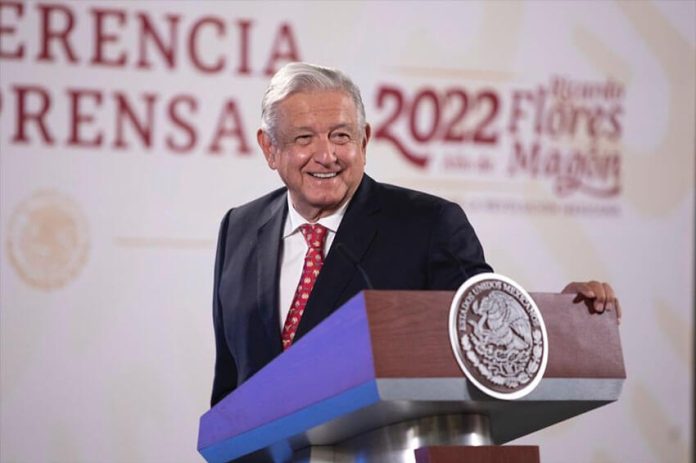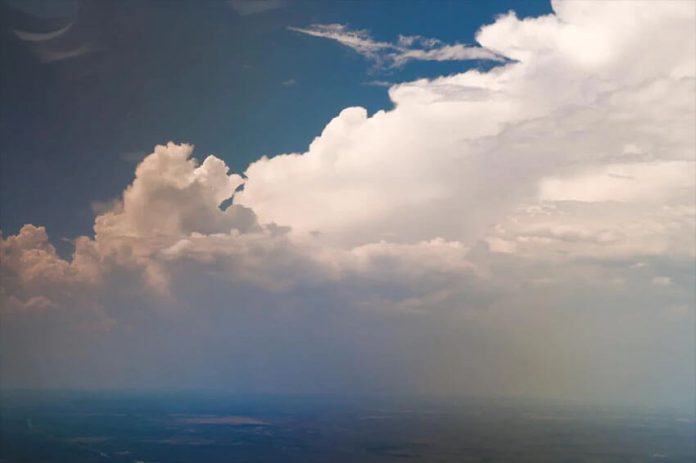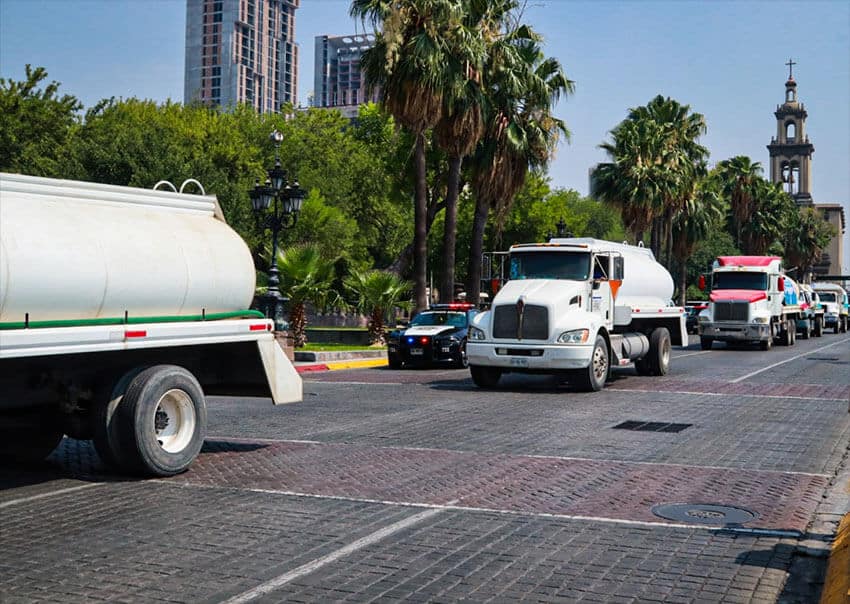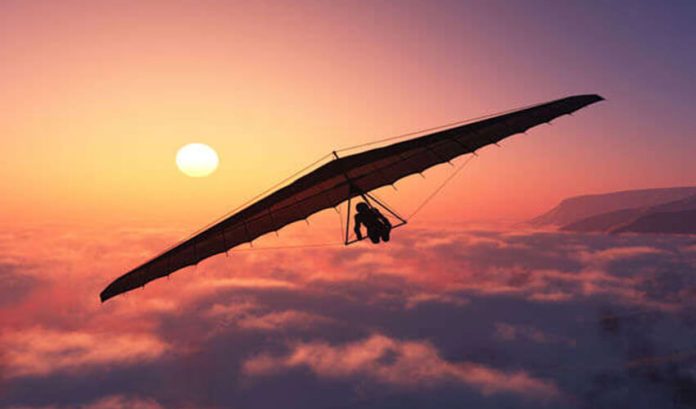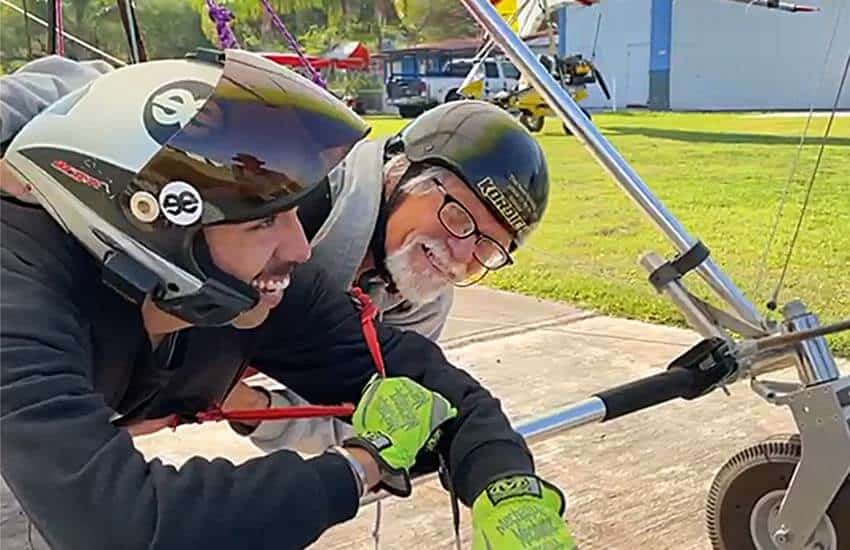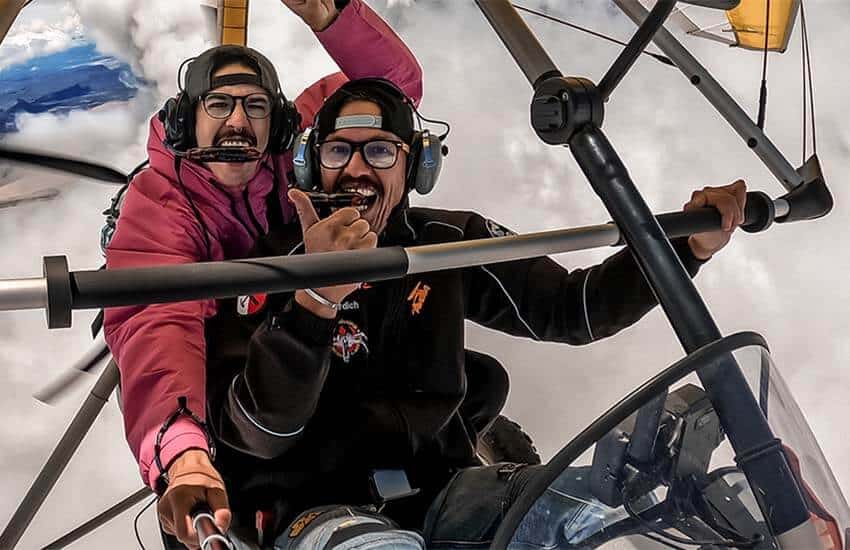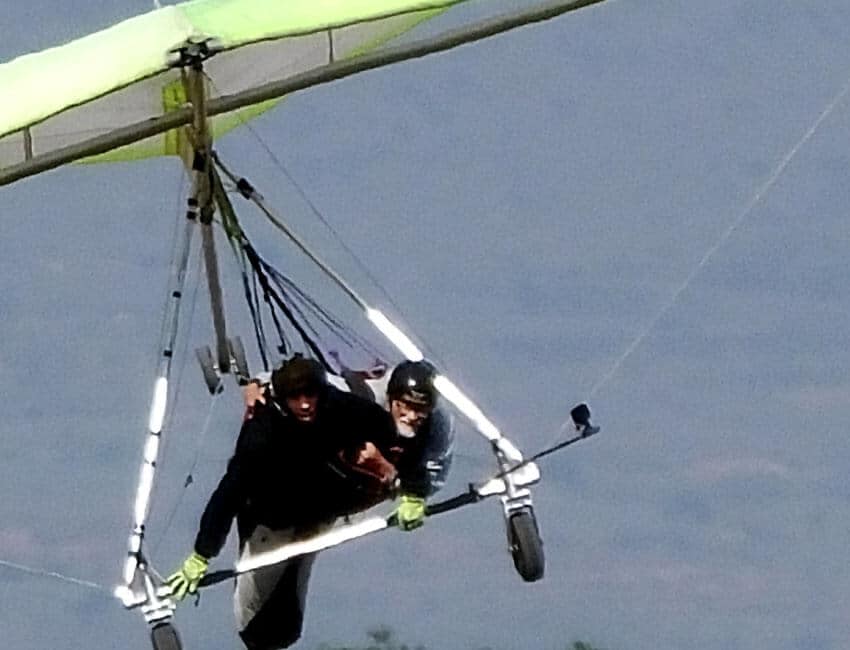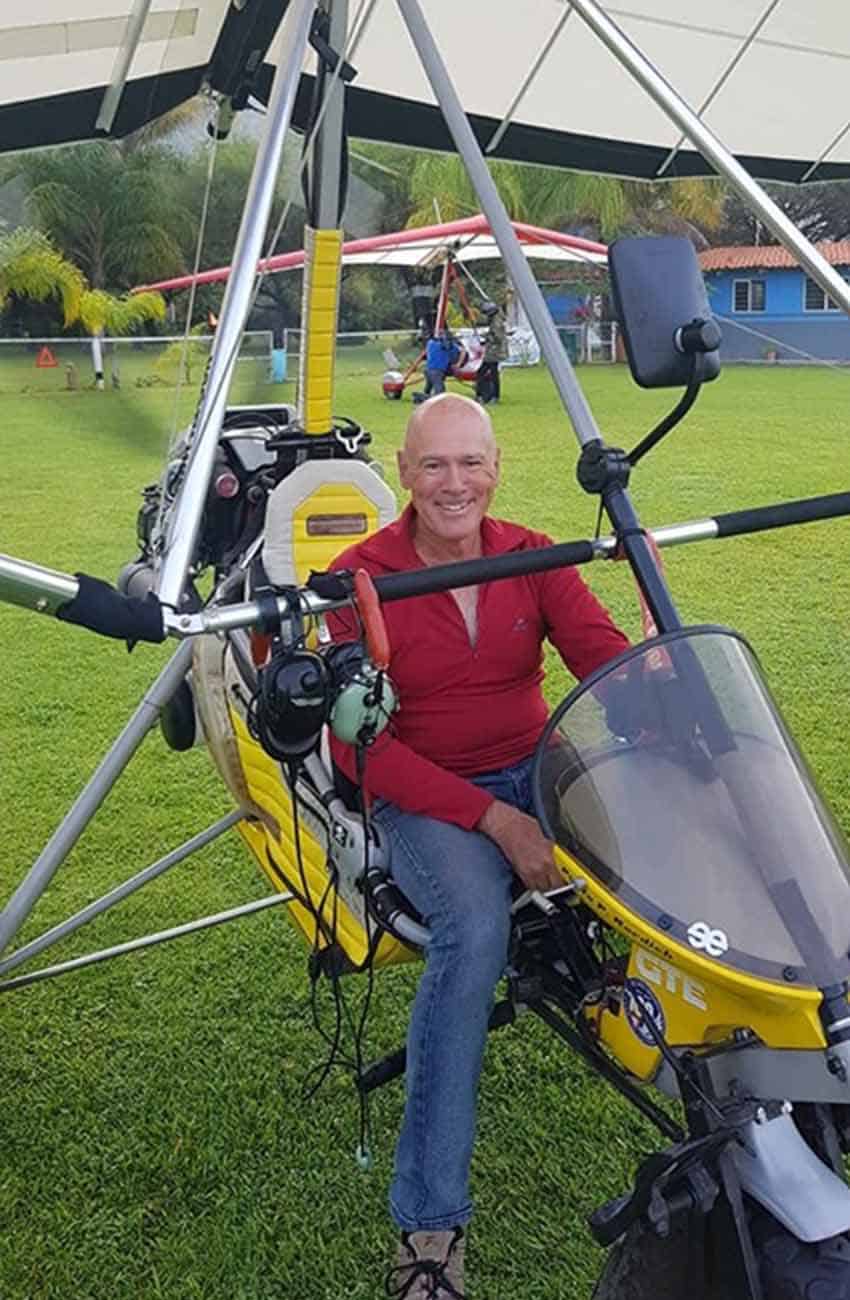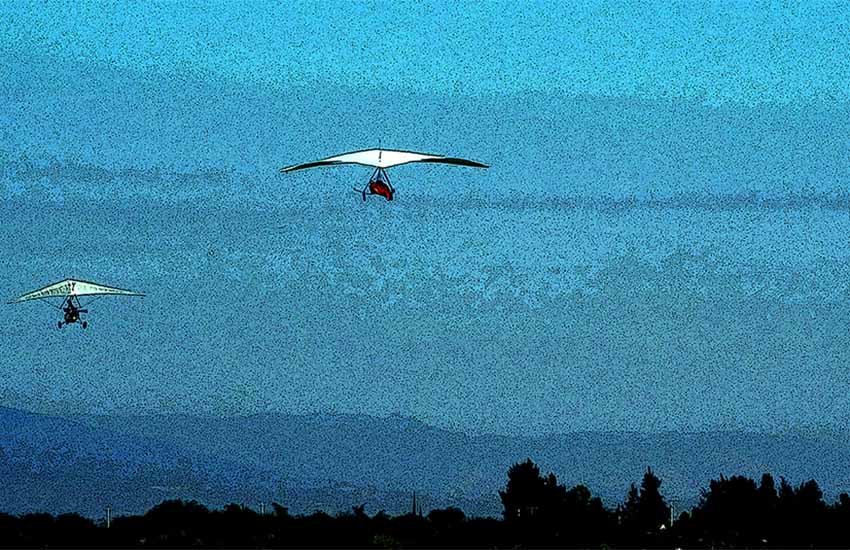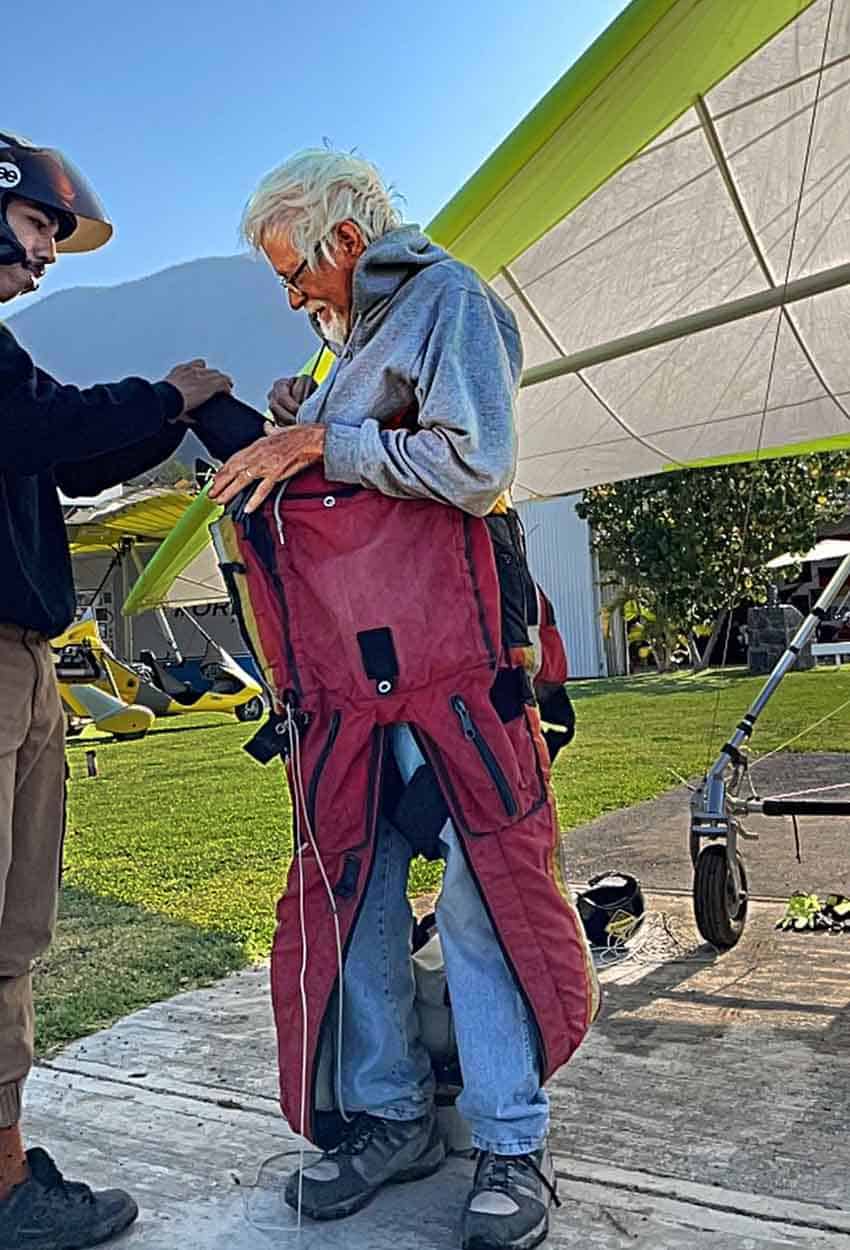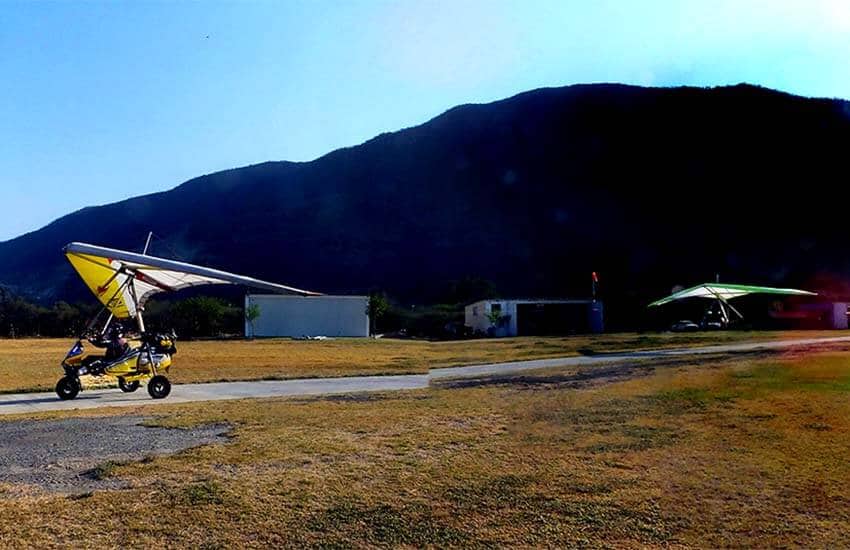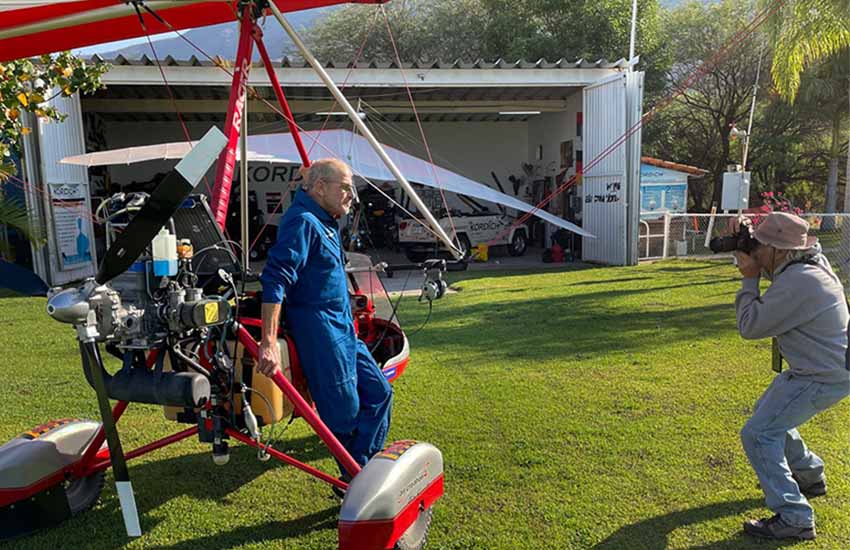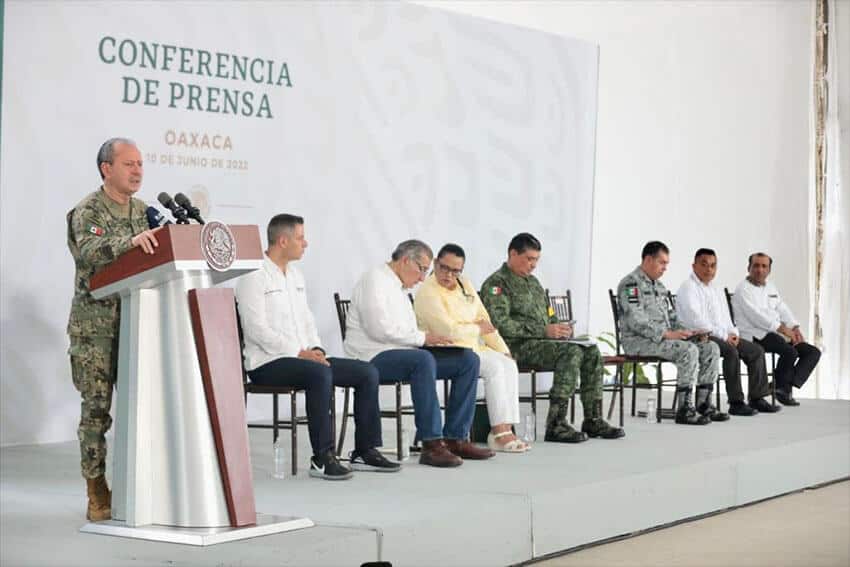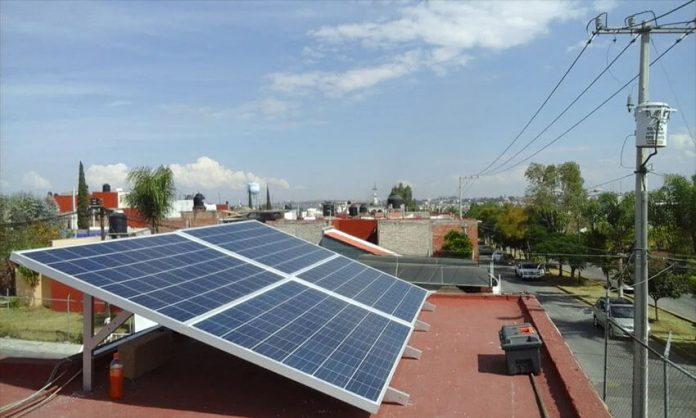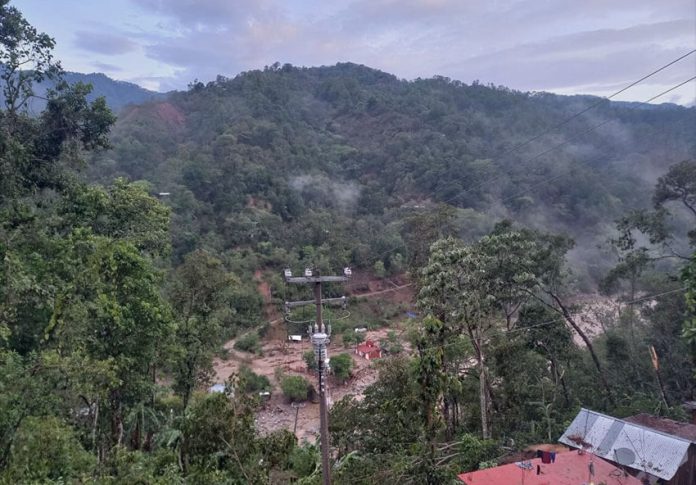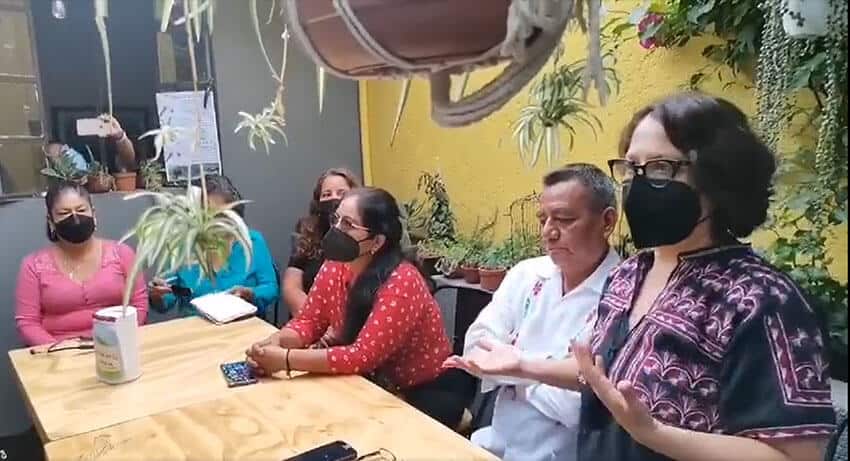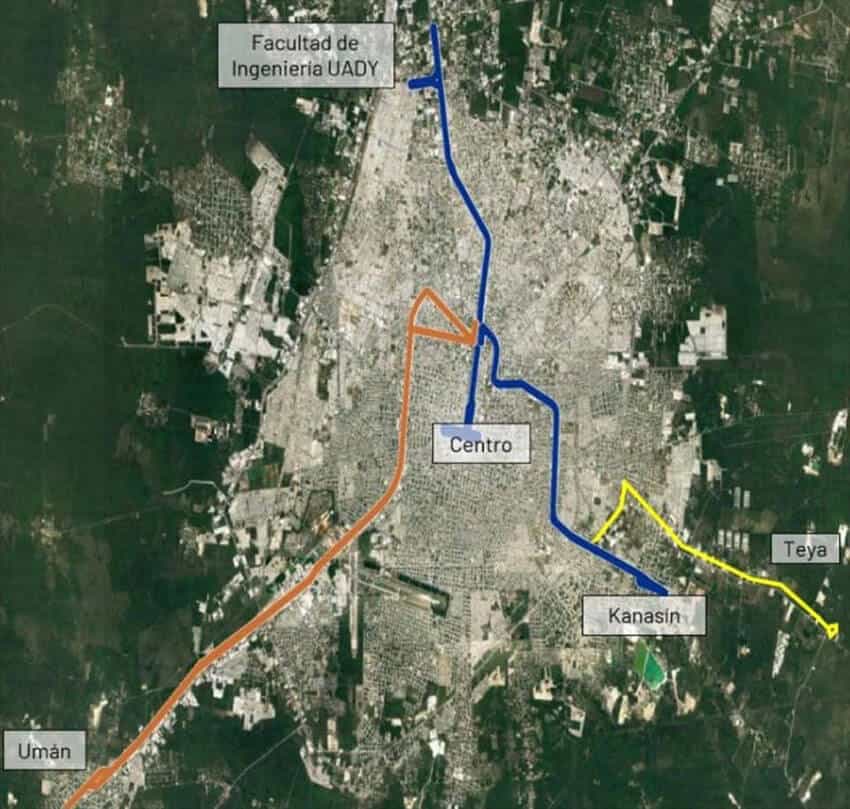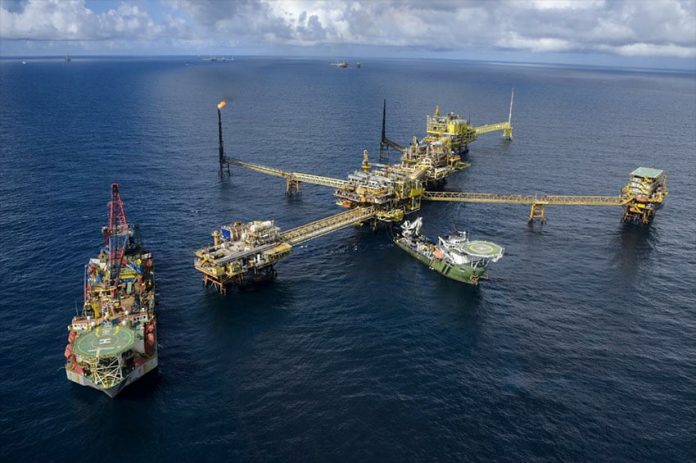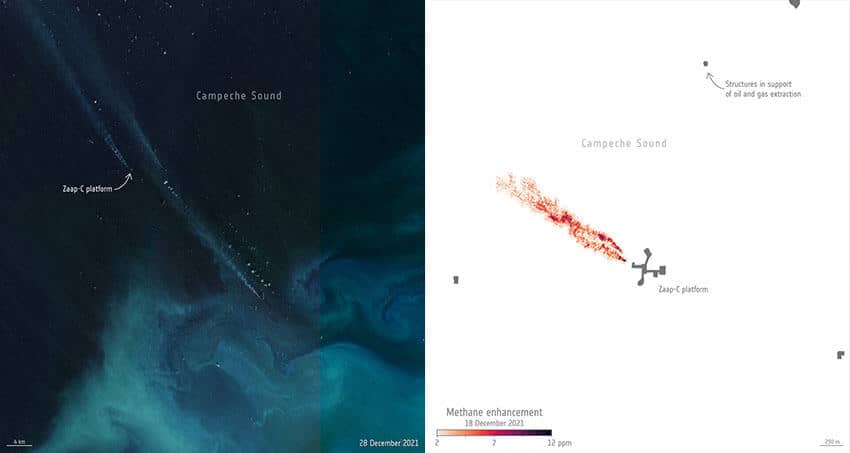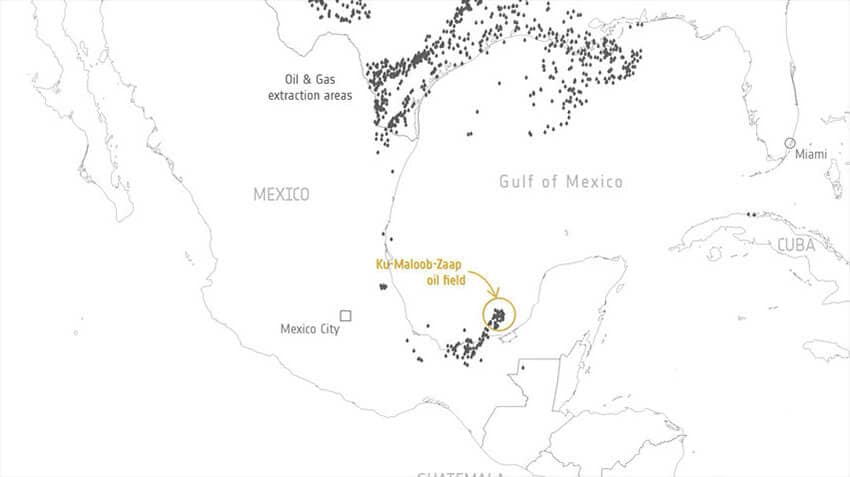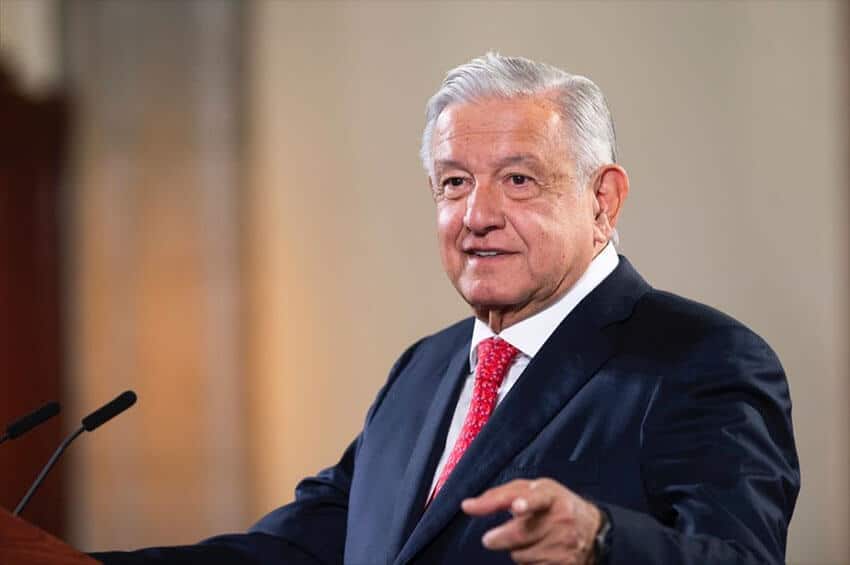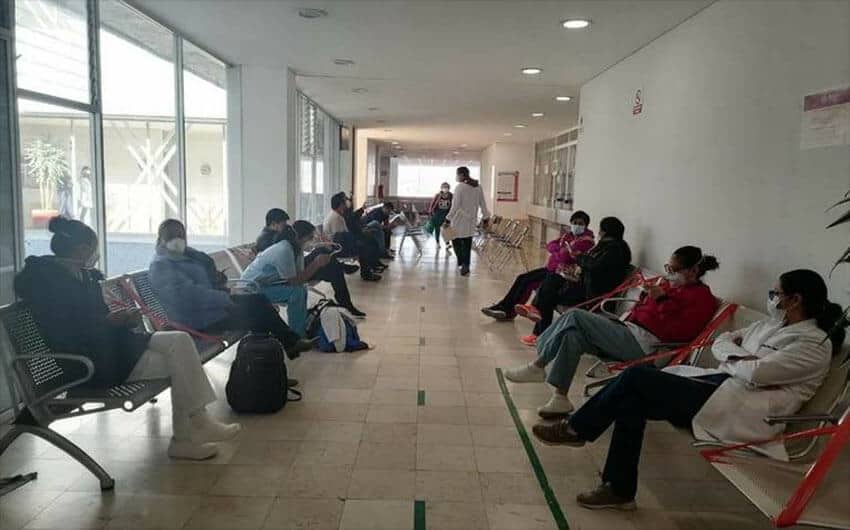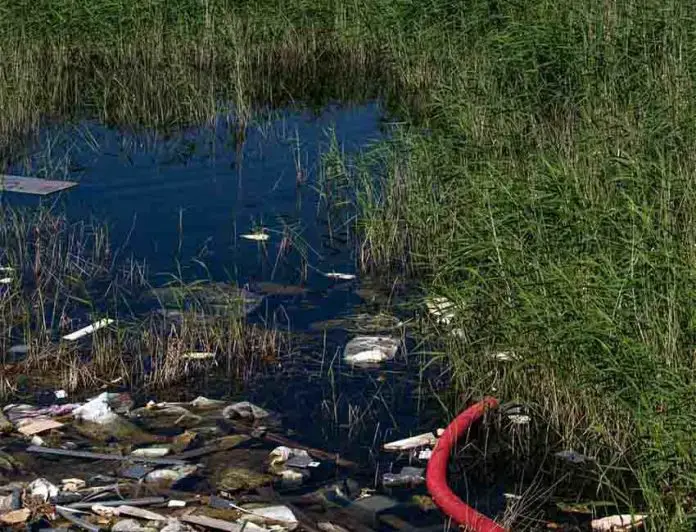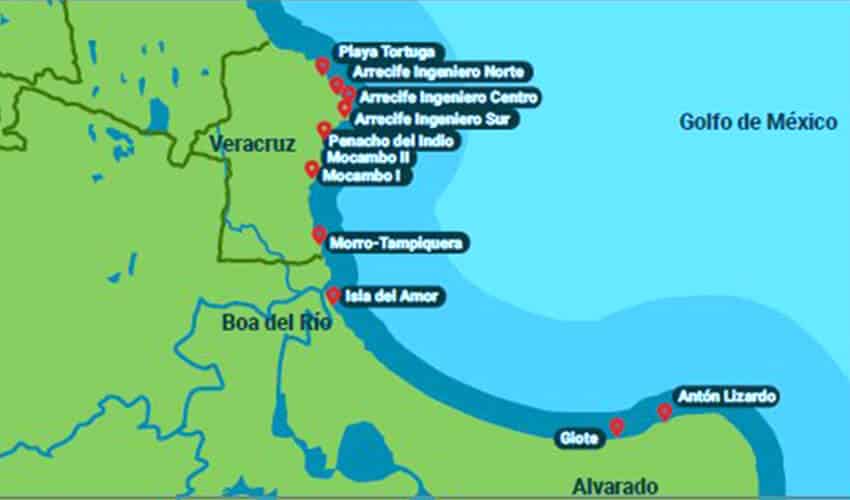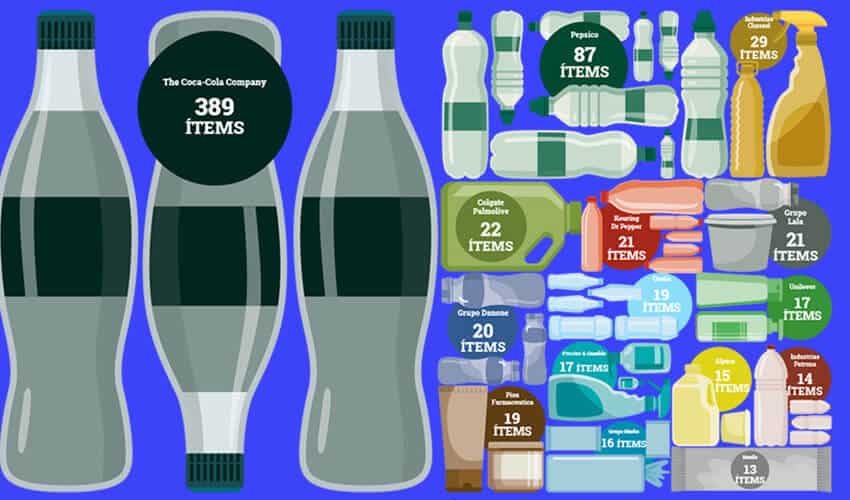Six states were up for grabs in elections last Sunday, where President López Obrador’s Morena party looked healthy in the polls. Meanwhile, AMLO had his own dilemma to address: whether to attend the Summit of the Americas in Los Angeles. He’d threatened to boycott the event because some Latin American leaders were left out.
Monday
The president celebrated the relatively peaceful passage of Sunday’s elections, an improvement on midterms exactly a year ago, which by one count saw more than 100 politically motivated murders.
After Morena won four of six states, López Obrador charitably offered some guidance to his rivals. “I shouldn’t be giving them advice … I should put up a sign that says every consultation carries a fee, but they should review their strategy … it’s their classism, their racism. They despise the people and they have no love for the people,” he said.
Later in the conference, the president addressed his standing invitation to the Summit of the Americas. “I’m not going to attend the summit. [Foreign Minister] Marcelo Ebrard is going on my behalf … not all the countries of America are invited and I believe in the need to change a policy that has been imposed for centuries: exclusion,” he said.
However, the president added he would visit Washington, D.C., in July to meet the U.S. president. “A hug for Joe Biden,” he said, after deriding the U.S. trade embargo on Cuba.
The president’s affections weren’t limited to Biden. He revealed meeting Cuban musician Silvio Rodríguez for coffee on Sunday. A video of AMLO’s wife, Beatriz Gutiérrez Müller, singing Rodríguez’s song El Necio (the fool) played out the conference.
Tuesday
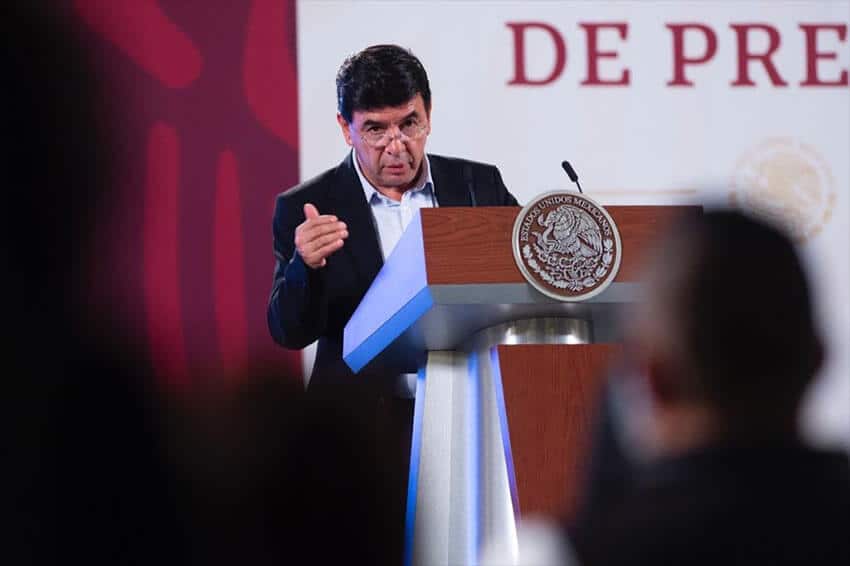
Media workers were particularly attentive on Tuesday as the government’s social security plan for independent journalists was revealed.
The president’s spokesperson, Jesús Ramírez Cuevas, said payouts would be available to freelance journalists in the case of pregnancy, illness, high risk work conditions, disability, and for pensions and childcare.
The president celebrated Sunday’s democratic exercise, which he said was a radical improvement on the victory of López Portillo in 1976, who gained 93% of the vote. “There wasn’t any other candidate,” AMLO recalled.
After performing poorly, López Obrador said the Institutional Revolutionary Party (PRI), of which he was formerly a member, was “losing its revolutionary essence.” He added that the PRI was foolish to ally with the National Action Party (PAN), which he said created two parties as alike as Coca-Cola and Pepsi Cola.
In support of migrants, the president insisted it was time for the U.S. to embrace Christian values. “Wasn’t Jesus Christ in favor of the poor or was that an invention? Isn’t that in the Bible? Doesn’t it say in the Old Testament that we must protect the stranger and the migrant?” he said.
Wednesday
The government’s fake news expert, Elizabeth García Vilchis, arrived eagle-eyed on Wednesday. She said it was absolutely false that the president had made a pact with criminals, responding to claims by his political rivals that Morena was in cahoots with the Sinaloa Cartel.
The president criticized U.S. senators Marco Rubio, Ted Cruz and Bob Menéndez for authorizing US $40 billion in military support for Ukraine, while failing to commit US $4 billion to immigration. The migration crisis resurfaced on Monday when a huge migrant caravan left Tapachula, Chiapas.
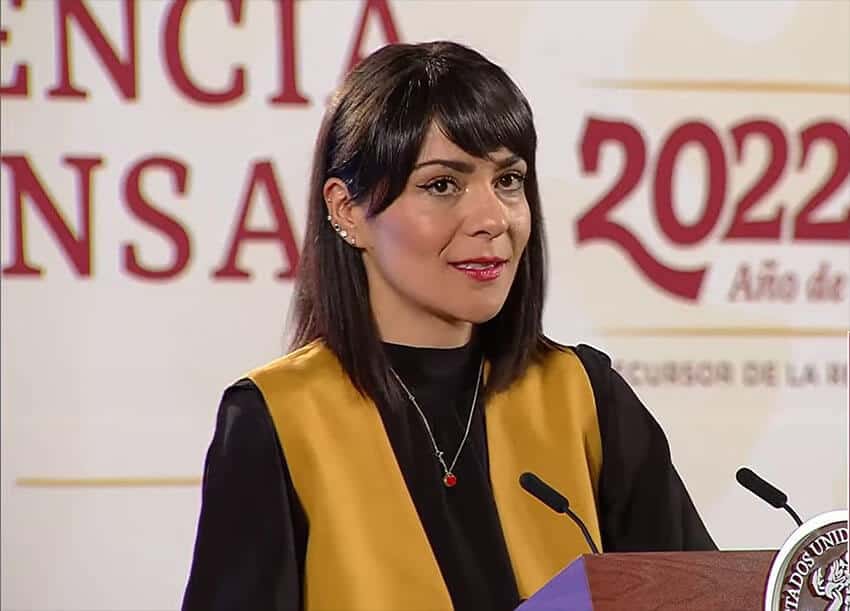
A journalist quoted Rubio saying he was delighted López Obrador hadn’t made the summit, and linking him to cartels.
“They should show the evidence,” the president responded, addressing Rubio and Cruz. “I have evidence that Ted Cruz … received money from people that are in favor of gun production,” he added, before showing a video of Cruz fleeing a reporter when questioned about gun control.
However, López Obrador still found reason to praise Biden, and deride his five predecessors. “The [border] wall was built by daddy Bush, Bush the son … Clinton, Obama and Trump and the only one who said, ‘We’re not going to build walls’ was President Biden,” he said.
The conference closed with Chico Che’s song La Muralla (the wall), on AMLO’s request.
Thursday
The president was back to old tricks on Thursday, trying to make a quick buck from lottery tickets for the June 28 draw. One prize is the property of a former Sinaloa governor: the president said the money raised would help build a prison in the state.
López Obrador added that he wanted to sell the unloved presidential plane to Argentina, but they were too short on cash. However, later in the conference he suggested Argentina could make up the US $80 million shortfall with food and also proposed that the jet could be donated to the Mexican Air Force.
On the Summit of the Americas, the tabasqueño said that rather than exclude, it was time to unite. “We want brotherhood as [19th century revolutionary] Bolívar dreamed. The integration of the whole of America, including the United States and Canada,” he said, before warning that, according to his projections, in 30 years China would control 70% of world trade and North America less than 10%.

“How is possible that President Obama allowed all countries to participate in the Summit of the Americas and Donald Trump too … But for internal pressures, Biden can’t invite everyone?” the president complained.
Friday
López Obrador was in Huatulco, Oaxaca, on Friday. Governor Alejandro Murat said the state was still in mourning after Hurricane Agatha hit the coast on May 30, killing nine people, but said the country was invited to the state’s folkloric Guelaguetza festival on July 25.
Defense Minister Luis Cresencio Sandoval said that 10 sniffer dogs were looking for five people still missing since the hurricane. Cresencio added that homicide was decreasing in Oaxaca, with 2,850 murders in the state from the start of the administration to April, below the national average of 3,042.
Navy Minister Rafael Ojeda Durán conceded that navy equipment could be bought online, including bullet proof jackets and guns, and said that some of his mariners were responsible. He thanked “counterintelligence” for finding the culprits, but admitted they were usually relieved of their duties rather than prosecuted, due to “judicial issues.”
The president said he was catching up in popularity to Indian Prime Minister Narendra Modi, according to one poll, which showed AMLO was at 70% approval and Modi at 76%. He added later in the conference that the government had acquired the company Altán Redes to provide internet services to every town in Mexico, in public squares, hospitals and schools.
Mexico News Daily
